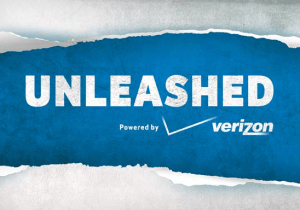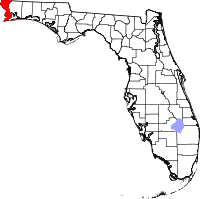New Englandia. Upstate New York. Northern California. Carolina. Missipiana.
None of these are actual states, but based on the people we communicate with who share our interests, perhaps they should be.
Researchers at MIT’s Senseable City Lab, AT&T Labs-Research and IBM Research are revealing new research that redefines regional boundaries in the United States, using patterns of social connectedness across the country derived from anonymous and aggregated cell phone data.
The results, based on numbers called and the geographic destinations or text messages, are predictable in some places, surprising in others.

The Connected States of America (click to enlarge)
Take New Jersey for example. The state is remarkably divided between the northern half, whose people are socially linked with metropolitan New York City, and the southern half which almost entirely ignores the Big Apple and Long Island, maintaining closer connections with southeastern Pennsylvania and Delaware.
Some other highlights:
- Socially, most of North and South Carolina are indistinguishable from one-another.
- Chattanooga has more in common with Alabama and Georgia than the rest of Tennessee.
- Southern California’s sprawl is to the east, not to the north. The influence from Los Angeles and San Diego now extends into Arizona, Nevada and even Utah. Northern California sticks to itself with one exception — it has connections towards Reno, Nevada.
- Upstate New York, mostly above the Hudson Valley, is socially similar all the way west to Lake Erie, with the exception of Chautauqua County, which is culturally closer to Appalachian areas in western Pennsylvania and West Virginia.
- New England maintains close ties with the exception of northern Maine and New Hampshire, which may be closer to Atlantic Canada.
- Standalone states that mostly keep to themselves include Florida, Texas, Colorado, Michigan, Indiana, and Ohio. With interest, many of those states are also politically defined as “swing states.”
The “Connected States of America” provides a more natural delineation of regions that follows relationships between family, friends and business partners.
“Sister states” emerge, such as Georgia and Alabama, Mississippi and Louisiana, and Tennessee and Kentucky, among others.
Metropolitan areas often form pockets of influence that extend into neighboring states or communities; for example, Chattanooga, Tenn., is more closely linked to communities in Georgia and Alabama than to the rest of Tennessee. Pittsburgh, Penn., and West Virginia form a new “state,” while St. Louis, Mo., exhibits an expanded reach that splits Illinois into two regions.
New Jersey and California also divide into two distinct regions due to large cities. In contrast, Texas remains whole: Despite the potentially splitting influence of cities such as Dallas, Houston, San Antonio and Austin, the researchers found that there is enough inter-city communication to hold the state together.


 Subscribe
Subscribe






